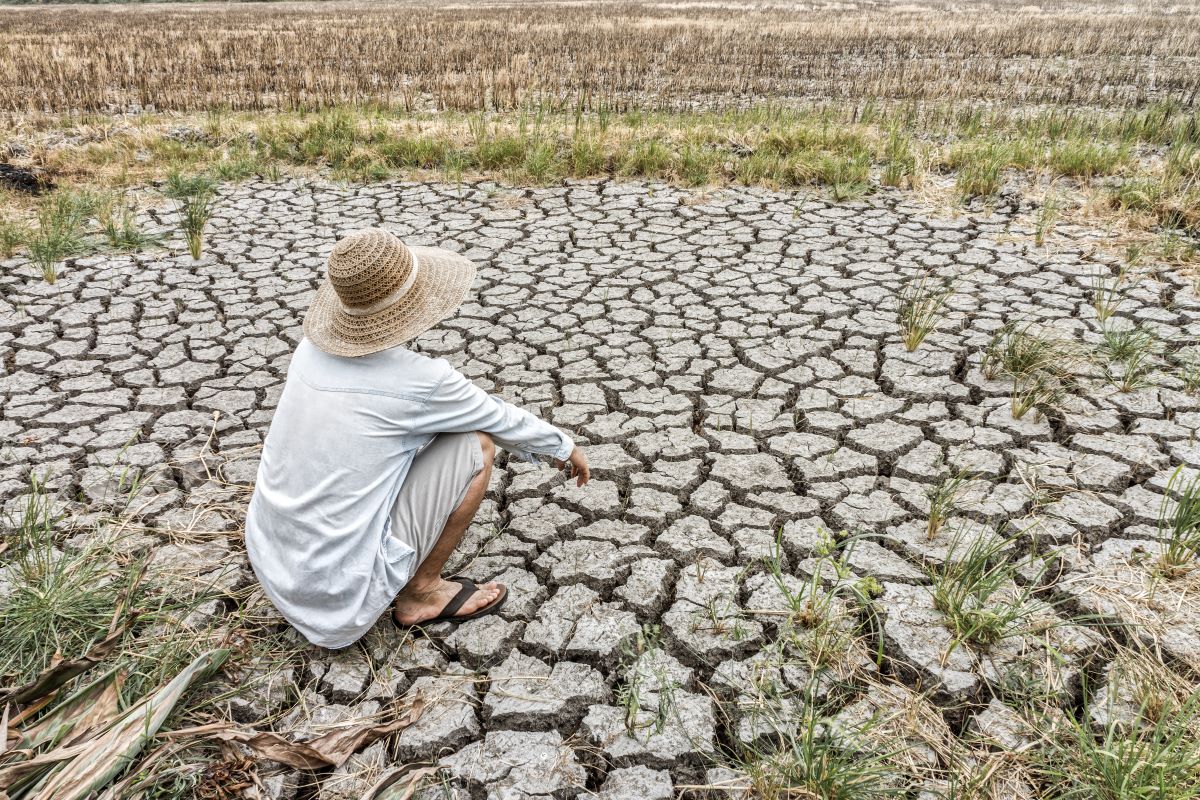The Water Crisis in California: Is Newsom the Answer?
California is facing a significant water shortage that’s becoming impossible to ignore. With reservoirs running low and groundwater depleting, what measures are being taken to address the crisis? How will this impact everyday Californians?
The Severity of California’s Water Issues

California’s water crisis isn’t just about scarcity; it’s about survival. Reservoirs are drying up, and groundwater levels are plummeting. Can the state adapt in time to prevent a catastrophic shortage? The situation is especially dire in Southern California, where urban centers consume vast amounts of water.
A Look Back at the Historical Context

The state’s water history is a mix of ambitious projects and tough lessons. From building massive dams to legal battles over water rights, California has long struggled with managing its most vital resource. Efforts have been cyclical, with progress often followed by setbacks due to environmental and political challenges.
Current Drought Conditions and Water Usage

Recent data shows a bleak picture: major water sources are at record lows, and drought conditions continue to worsen. This ongoing crisis threatens agriculture, wildlife, and urban water supplies. The state government has declared water emergencies in several counties, highlighting the severity of the situation.
Gov. Newsom’s Emergency Measures

Governor Newsom has declared a state of emergency in numerous counties and implemented mandatory water conservation measures. Restrictions on water usage for landscaping, agriculture, and urban areas are part of his immediate response to the crisis.
Investments in Water Recycling and Storage Technologies

To tackle long-term water scarcity, Gov. Newsom’s administration is investing heavily in water recycling and storage technologies. These initiatives aim to increase the availability of water for both residential and agricultural use, ensuring a more sustainable future.
Desalination Projects on the Rise

Desalination, the process of converting seawater into drinking water, is a key component of Newsom’s plan. Several desalination plants are being constructed along the California coast, promising to provide a reliable source of freshwater.
Watershed Restoration Efforts

Watershed restoration is another focus area. Efforts to restore natural watersheds aim to improve water quality and increase the availability of freshwater by enhancing the natural water cycle.
The Role of Agriculture in the Water Crisis

Agriculture consumes about 80% of California’s water supply. Newsom’s plan includes incentives for farmers to adopt water-efficient irrigation technologies and shift to less water-intensive crops to reduce overall water usage.
Urban Water Conservation Initiatives

In urban areas, Newsom’s administration is promoting water-saving technologies and practices. This includes rebates for water-efficient appliances, public awareness campaigns, and stricter regulations on water use.
Impact on Farmers, Residents, and Businesses

From almond farms in the Central Valley to bustling city cafes, the impact of water scarcity is profound and personal. These stories showcase the daily challenges and adaptations necessary to endure this crisis. Farmers face tough choices, like fallowing fields or investing in costly water-efficient technologies.
Expert Opinions on the Crisis

Experts argue that solving California’s water woes will require a combination of conservation, innovation, and perhaps most critically, a change in public attitude towards water use. There is a consensus that without significant changes, the state could face irreversible damage to its ecosystems and economy.
The Economic Impact of the Water Crisis

The water crisis has severe economic implications. Reduced water availability affects crop yields, increases food prices, and threatens jobs in the agricultural sector. Urban areas face rising water costs, which can impact businesses and lower-income households the most.
Climate Change and Future Water Supply

Climate change exacerbates California’s water crisis. Rising temperatures and altered precipitation patterns reduce snowpack levels, which are a critical source of freshwater. Adapting to these changes is essential for securing the state’s water future.
Innovations in Water Conservation

Technological innovations are playing a crucial role in water conservation. Smart irrigation systems, advanced water treatment methods, and improved leak detection technologies are helping to maximize the efficiency of California’s water use.
What Californians Can Do

Looking forward, Californians face a crucial question: How much are they willing to adapt to secure their water future? Is the state heading towards a new era of water wisdom, or are we merely postponing the inevitable? Residents are encouraged to embrace water-saving technologies and practices to contribute to statewide efforts.
What’s Next for California After the Tap Runs Dry?

The water crisis is a ticking clock, challenging Californians to rethink their water usage. Will your daily habits change if the taps run dry? As water becomes an even more precious commodity, it’s crucial for all residents to participate in conservation efforts and support sustainable policies.
Toxic Talk: 21 Phrases to Never Say to Your Kids

Are you worried about the impact of your words on your child’s well-being? Let’s tackle 21 phrases that might be causing more harm than you realize. Toxic Talk: 21 Phrases to Never Say to Your Kids
Breaking Ties: Recognizing When It’s Time to Go No-Contact with Parents

Deciding to go no-contact with a parent is a profound, often painful choice, but sometimes it’s necessary for personal well-being. Are you grappling with the decision to distance yourself from a toxic parental relationship? Breaking Ties: Recognizing When It’s Time to Go No-Contact with Parents
Stop the Stereotypes: 20 Gender-Based Comments Kids Don’t Need

It’s time to challenge traditional narratives that limit kids’ potential. Here are gender-specific phrases and ideas to avoid, fostering a supportive and open-minded environment for the next generation. Stop the Stereotypes: 20 Gender-Based Comments Kids Don’t Need
Featured Image Credit: Shutterstock / JoeyPhoto.
For transparency, this content was partly developed with AI assistance and carefully curated by an experienced editor to be informative and ensure accuracy.


